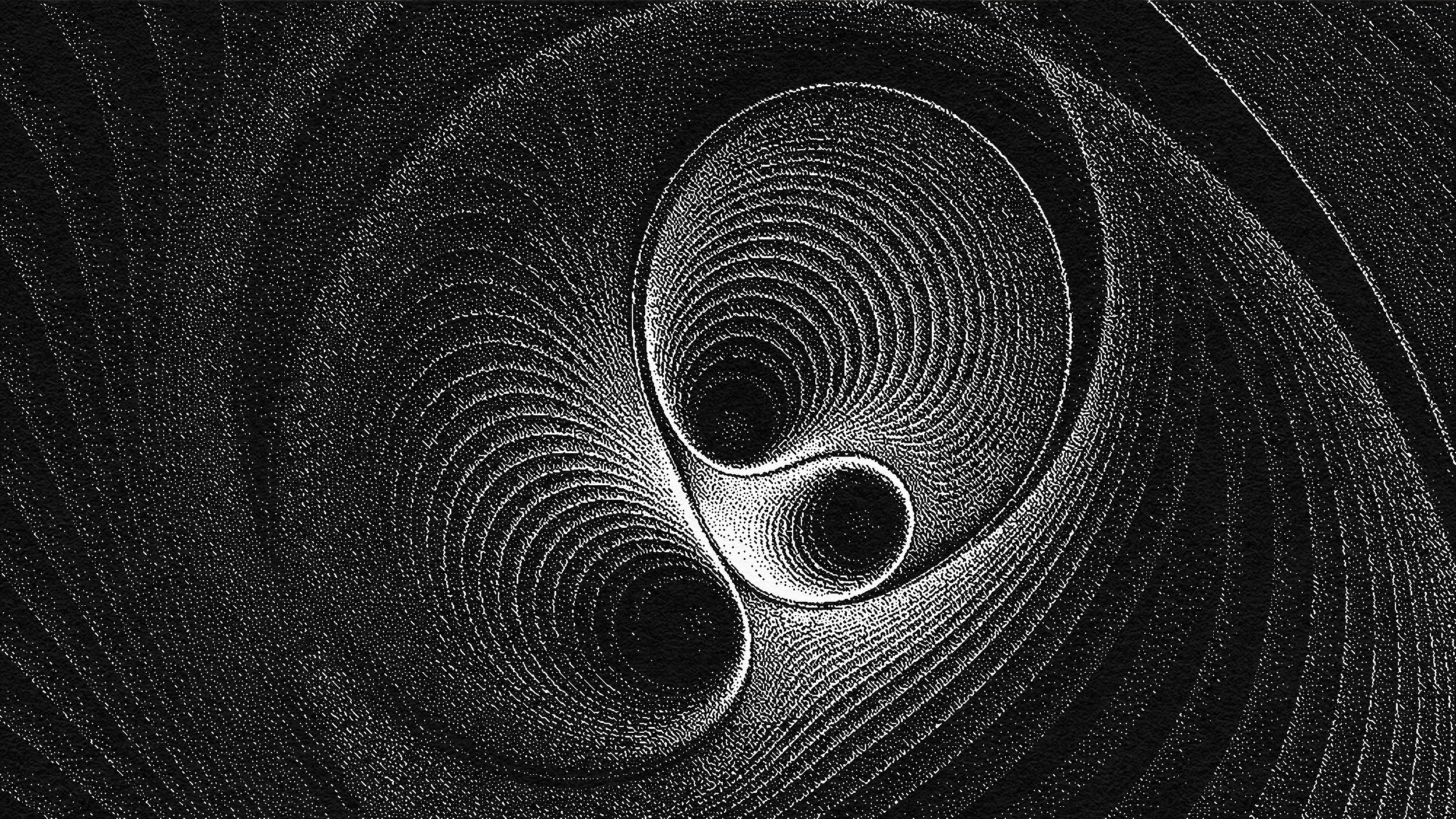Break the Standard Model? An ultra-rare decay threatens to do what the LHC can’t
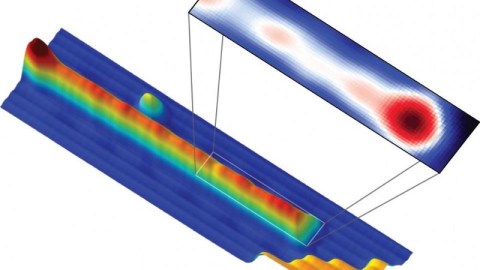
If we see an atomic nucleus decay in a particular way, it means the Universe is fundamentally different from how we see it today.
“There are several categories of scientists in the world; those of second or third rank do their best but never get very far. Then there is the first rank, those who make important discoveries, fundamental to scientific progress. But then there are the geniuses, like Galilei and Newton. Majorana was one of these.” –Enrico Fermi
At the Large Hadron Collider (LHC), physicists accelerate particles to the highest energies and in the greatest numbers that humanity has ever achieved. We smash them together at greater than 99.999999% the speed of light, attempting to create new, never-before-seen particles and solve the Universe’s greatest, most fundamental mysteries. Despite discovering the Higgs boson and creating millions of these collisions every second for years, it’s never found anything that’s taken us beyond the particles and interactions of the Standard Model. But a completely different, mundane approach has the potential to do exactly that: simply gather a large number of radioactive, unstable particles together inside a detector, and wait. If a new type of decay occurs, it will revolutionize how we understand neutrinos, taking us beyond the Standard Model in an elegant, surprising, and long-anticipated way.
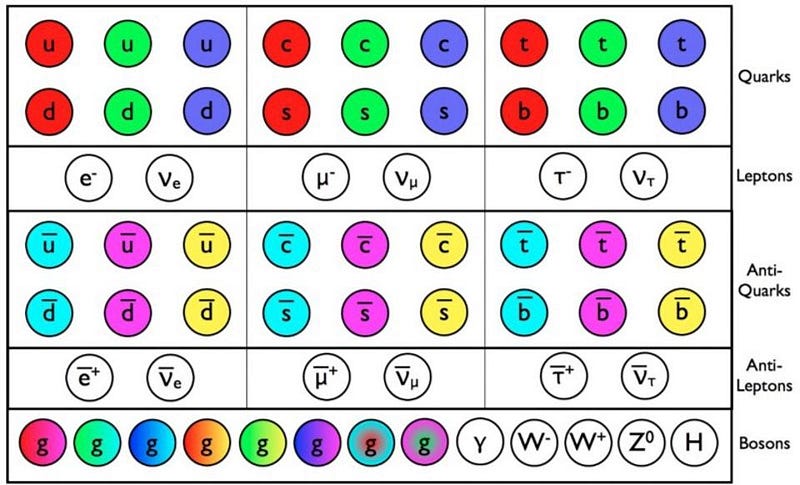
Our Universe, as far as we know it, is made up of two types of particles: Fermions and Bosons. Fermions have spins that are half-integer in nature (e.g., ±1/2), have antiparticle counterparts that are distinct from the particles themselves, and include the quarks (which make up protons and neutrons) and leptons (like electrons and neutrinos). Bosons, on the other hand, have integer spin (e.g., 0, ±1), can be their own particle, are responsible for the fundamental forces between particles, and include the photon, gluons, and weak decay (W± and Z) bosons. With the discovery of the Higgs boson earlier this decade by the ATLAS and CMS collaborations, the last predicted particles in the Standard Model have now been found. Everything needed to complete our picture of the strong, weak, and electromagnetic interactions is now known.

Yet by no stretch of the imagination does that mean that fundamental physics is done! In fact, there are six big hints of the additional work to be done to explain our Universe, even if we don’t discover anything more than what we already know. They include:
- Dark Matter: the known, Standard Model particles can account for only 5% of the total energy and about 17% of the total mass in the Universe. The gravitational influence of some new type of matter, dubbed dark matter, must make up the rest. Whatever it is, the particle(s) responsible for it aren’t part of the Standard Model.
- Massive Neutrinos: from electrons at energies of half a MeV to the top quark at around 170 GeV, all of the fermions have a rest mass that’s well within a certain range. Except neutrinos, that is, which are somehow less than 0.00003% the mass of an electron. Where that mass comes from and why it’s so small, nobody knows.
- Strong CP-violation: when unstable particles decay, there are certain types of symmetries they can either obey or not obey, including mirror (P) symmetry and particle/antiparticle © symmetry. The weak interactions violate CP, and there’s nothing in the Standard Model forbidding CP-violation in the strong interactions. Yet none has ever been observed. Why not?
- Dark Energy: there appears to be energy inherent to empty space itself; that the zero-point energy of the quantum vacuum isn’t zero. But it also isn’t equal to the predictions that quantum field theory yields, which have it some 10¹²⁰ times greater. The nature of dark energy is a tremendous mystery.
- Baryogenesis: why is there more matter than antimatter, if every process we’ve ever observed either produces or destroys matter and antimatter in equal amounts? There must be a fundamental reason for the matter/antimatter asymmetry, but we don’t know what it is.
- The Hierarchy Problem: there’s a large discrepancy between the strength of the three quantum forces (weak, strong, electromagnetic) and the strength of gravity. In addition, the masses of all the particles are all incredibly tiny compared to the Planck mass: 17+ orders of magnitude smaller. Why is this? That’s the hierarchy problem.
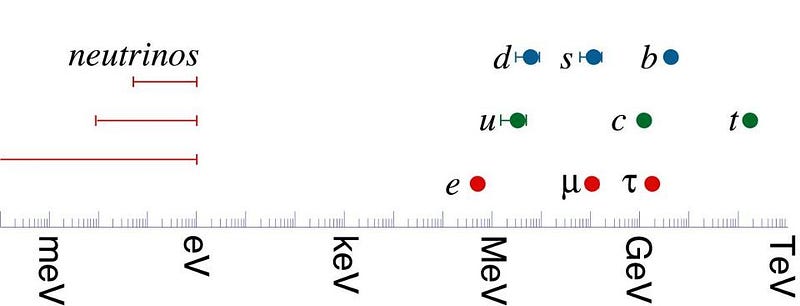
So we can be pretty confident that, on its own, the Standard Model doesn’t hold the answer to everything. There have been many proposed extensions over the years that have sought to resolve some or all of these puzzles, including grand unification theories (GUTs), supersymmetry, extra dimensions, technicolor, leptoquarks, string theory, and many more. Unfortunately, these hypothetical add-ons to the Standard Model have failed to turn up even a shred of confirmed experimental evidence, despite searches at unprecedented energies and numbers of particle collisions at the LHC.
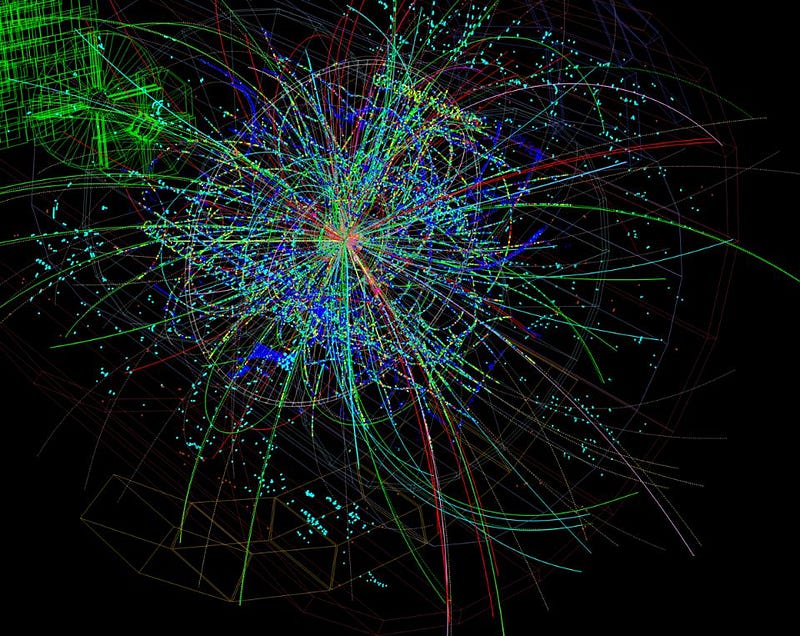
But there is an extension that was first proposed all the way back in 1937, long before the Standard Model itself was ever formulated, that may be at the core of a number of these puzzles: the idea that neutrinos are their own antiparticles. I know we just said that all the Fermions are particles with antimatter counterparts, but that relies on an assumption that we tacitly made. In quantum physics, we describe these Fermionic particles by a wavefunction: a mathematical representation that contains both real and imaginary parts. For charged Fermions, like quarks, electrons, muons, and taus, that’s the way it has to be. But there’s a special possibility that would work just fine if you have neutral Fermions: that the wavefunction has real parts only.
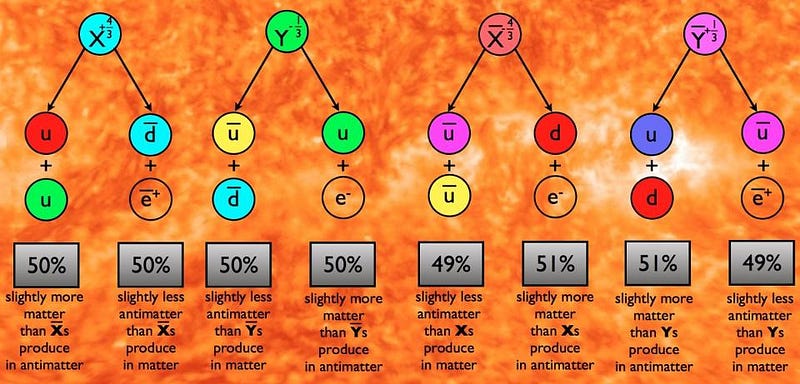
In quantum physics, the whole thing that separates matter from antimatter is that you flip the sign of the imaginary part, which is known as taking the complex conjugate. But if you take the complex conjugate of something that’s completely real, you just get the original thing you started with back. If this applies to neutrinos, then they’d be their own antiparticle. In this case, they’d be a new type of Fermion: a Majorana Fermion instead of the standard old Dirac Fermion.
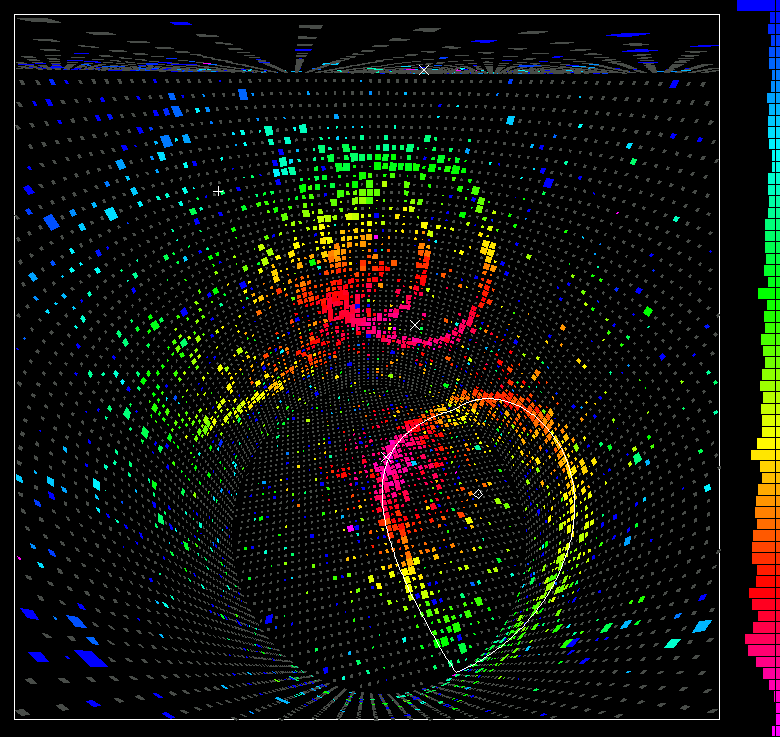
And neutrinos are observed to be funny things for Fermionic particles. While all the others — particles and antiparticles alike — can have a spin of +1/2 or -1/2, the neutrinos that we create all have spin -1/2, while the antineutrinos all have spin +1/2. Why the odd behavior? And if you slowed a neutrino down enough, could you “flip” it and suddenly make it behave as an antineutrino? If the answer to that second question is yes, then all sorts of incredible things become possible. It becomes possible to violate lepton number, possibly helping solve baryogenesis. It lends further indirect evidence to the idea of the see-saw mechanism, which can explain neutrino masses and provide a dark matter candidate. And most interestingly, it leads to the prediction of a new type of decay: neutrinoless double beta decay.
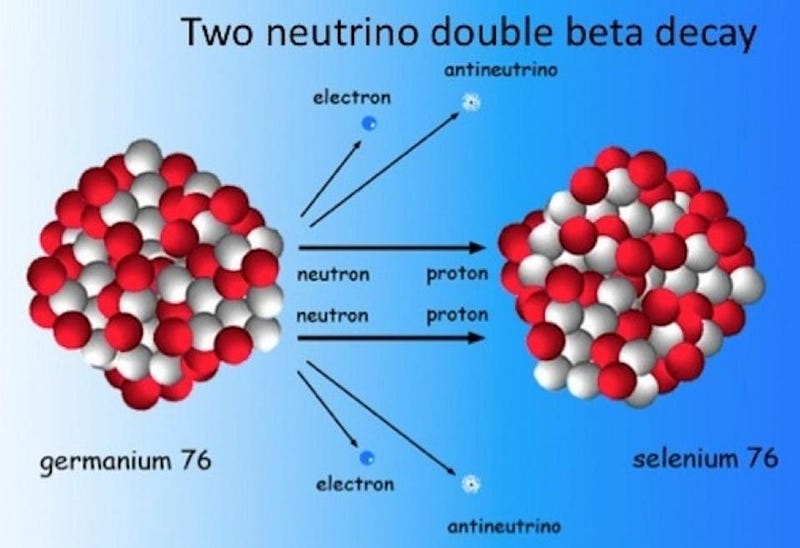
Normally, one of the two most common ways radioactive materials decay is through beta decay, where one of the neutrons in an atomic nucleus decays to a proton, electron, and an antineutrino. In a few very rare cases, some elements will undergo double beta decay, where two neutrons in the nucleus simultaneously convert into two protons, two electrons, and two antineutrinos. These decays take an extremely long time, with half-lives around 10²¹ years, or about 100 billion times the present age of the Universe. Get enough particles together, however, and you’ll see it happen. But if a neutrino is a Majorana particle and its own antiparticle, then the antineutrinos can either annihilate or one can be absorbed by another nucleus. In either case, you’d get two neutrons converting to two protons, two electrons, and no neutrinos at all.
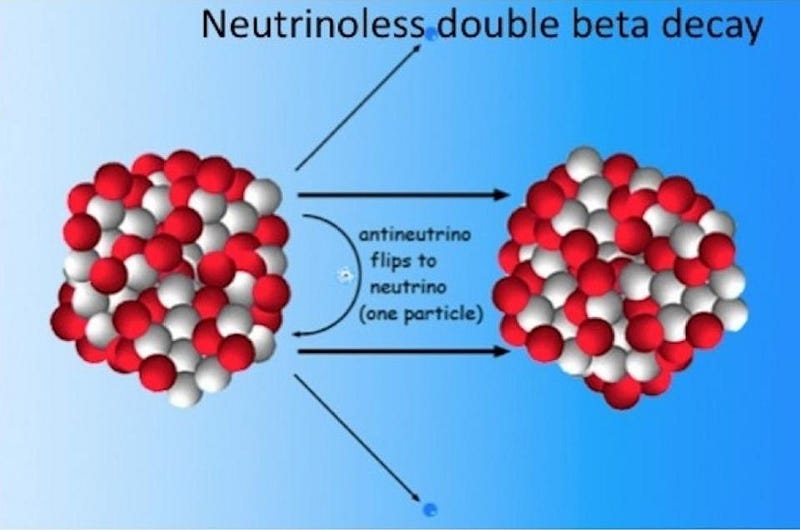
Although the experimental results searching for this decay are sometimes surrounded by controversy, two recent teams have placed limits on the rate of this as being greater than ~2 × 10²⁵ years, or more than a quadrillion times the age of the Universe. But a detection of even a single, bona fide event of neutrinoless double beta decay would imply that at least one (and hence, probably all) neutrino must be a Majorana particle.
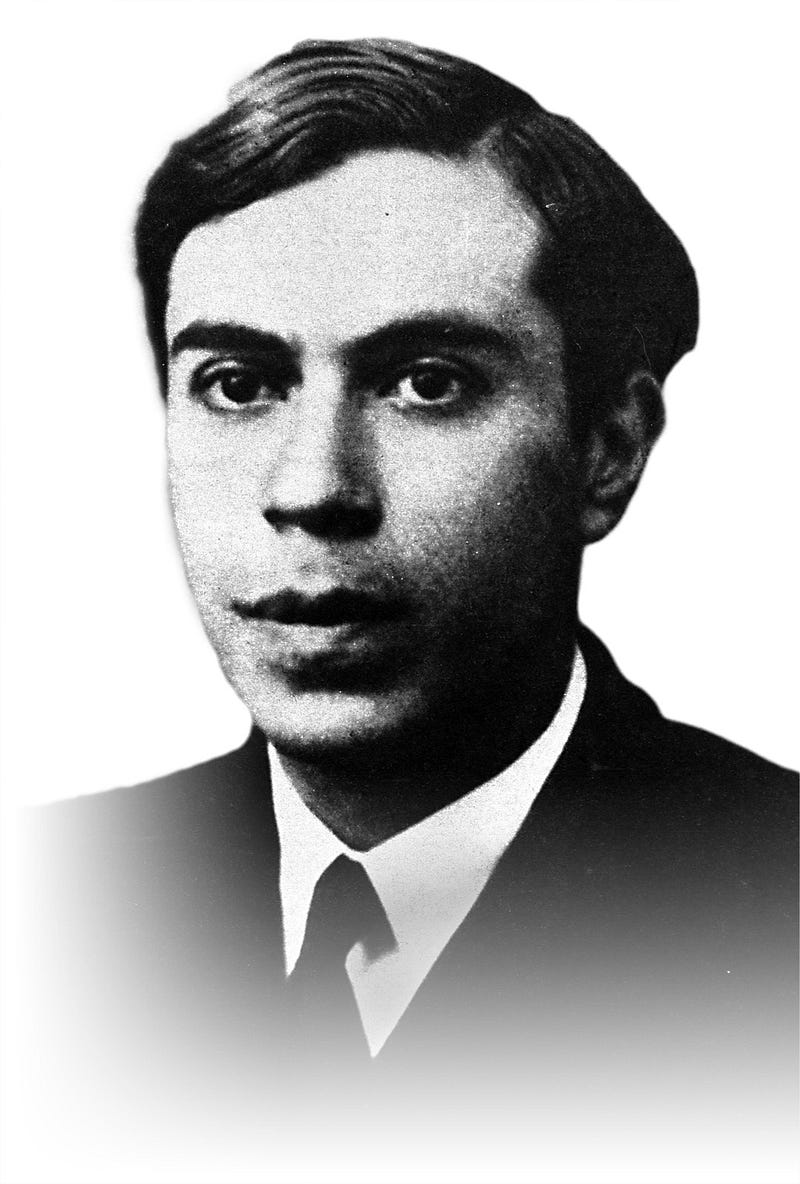
Just by sitting around with a bunch of unstable atoms, waiting for them to decay and measuring the decay products to incredible accuracy, we have the potential to finally break the Standard Model. Neutrinos are already the one type of particle known to go beyond the original Standard Model predictions, with potential ties to dark matter, dark energy, and baryogenesis in addition to their mass problem. Discovering that they undergo this bizarre, never-before-seen decay would make them their own antiparticles, and would introduce Majorana Fermions into the real world. If nature is kind to us, a box full of radioactive material might at last do what the LHC can’t: shed light on some of the deepest, most fundamental mysteries about the nature of our Universe.
Ethan Siegel is the author of Beyond the Galaxy and Treknology. You can pre-order his third book, currently in development: the Encyclopaedia Cosmologica.


